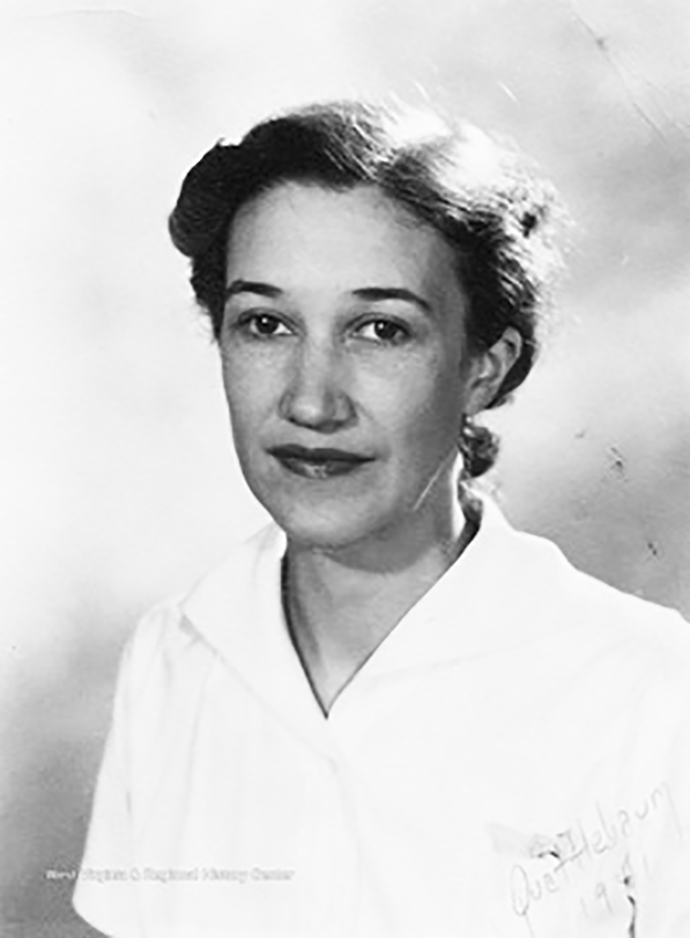When Baltimore’s Francis Scott Key bridge collapsed last month, what came to mind for many West Virginians was the collapse of the Silver Bridge in 1967 in Point Pleasant where 46 people were killed. Before then, and closer to home, was the collapse of the Bluestone Bridge near Hinton in 1949. The cantilevered 5-span steel truss bridge was being constructed by the Virginia Bridge and Iron Works Company from Roanoke. A section to span the 278-feet distance between the second and third pier was within 50 feet of being safely anchored to the third pier when it fell on March 31 into Bluestone River. Nine steelworkers fell with the section, and five were killed. Four bodies were recovered that afternoon and evening. The body of the fifth workman was pinned beneath the debris. Efforts by a deep sea diver to remove the body failed, and it was not until June after dynamite was used to remove the steel bridge components that the body was removed from the river.
The bridge contractor and State Road Commission that had an inspector at the job site could not point to the cause of the collapse. Professor R.P. Davis, dean of the West Virginia University College of Engineering, was baffled. Delayed for many months, the bridge opened to traffic in July 1950. It was later renamed Lilly Bridge to honor a village that was vacated as a result of the construction of the Bluestone Dam.
Reporter Mike Tony of the Charleston Gazette-Mail revealed on April 27 that West Virginia has the highest percentage of structurally deficient bridges in the county. According to Tony, almost 20% of our 7,323 bridges are structurally deficient.
Photo courtesy of the West Virginia State Archives.
Sources: Hinton Daily News, The Leader, Charleston Gazette-Mail.



